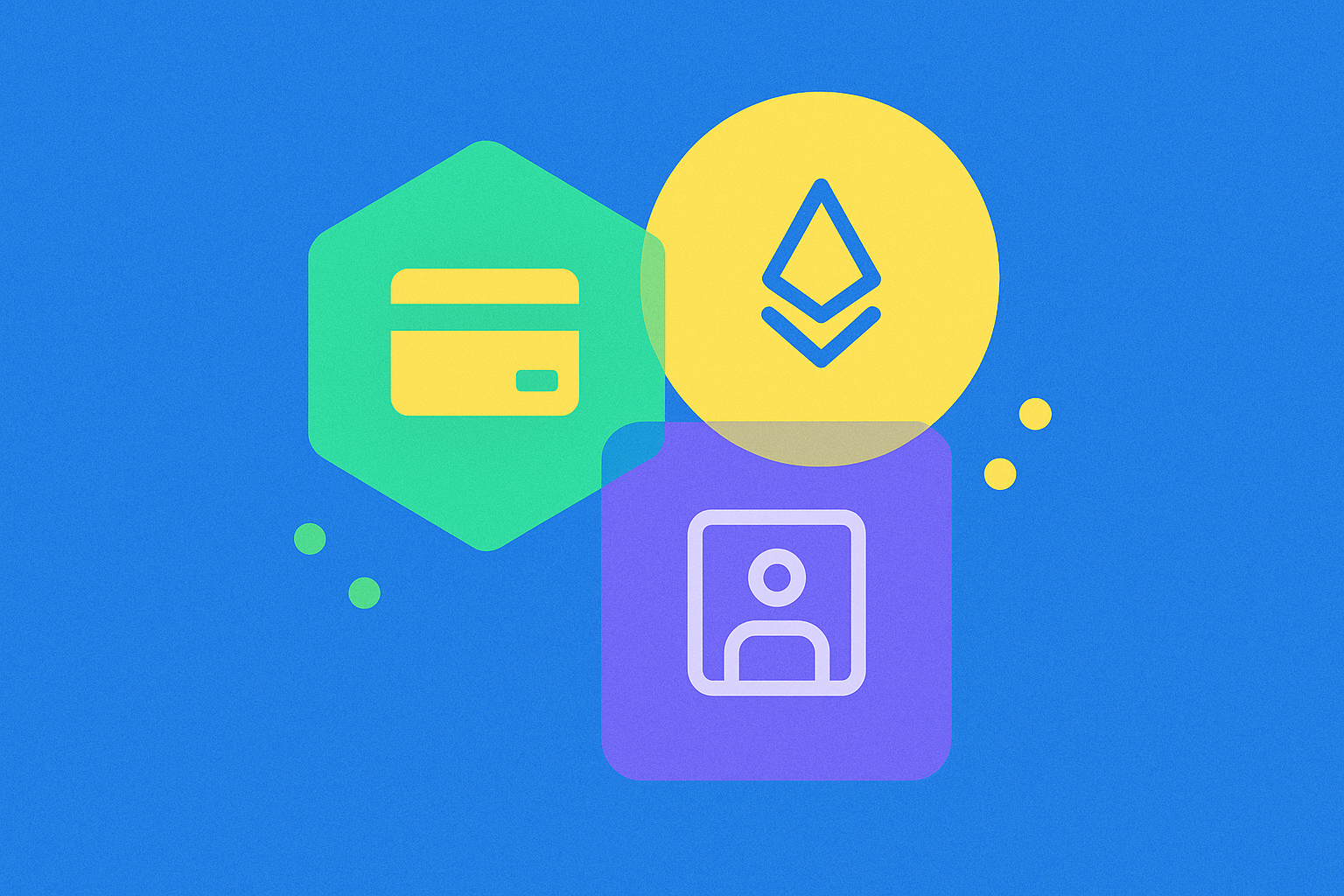cryptocurrency as a use case

Cryptocurrency, first introduced by Satoshi Nakamoto with Bitcoin in 2008, has evolved from a niche technological experiment into a global phenomenon. As decentralized digital assets based on blockchain technology, cryptocurrencies offer diverse use cases that extend far beyond simple value storage and speculation tools. These applications include everyday payments and transactions, cross-border transfers, financial services, digital identity verification, smart contract execution, and governance in Decentralized Autonomous Organizations (DAOs). As the technology matures and ecosystems expand, cryptocurrencies are gradually penetrating various industries, bringing revolutionary changes and supplements to traditional financial systems.
Market Impact
The diversification of cryptocurrency use cases has brought profound impacts to the entire digital economy. From a market perspective, these practical applications have become key drivers of growth in the crypto industry.
-
Payment Settlement Innovation: Cryptocurrencies as payment methods are being accepted by an increasing number of merchants, especially in e-commerce. Second-layer scaling solutions like the Lightning Network have significantly improved Bitcoin transaction efficiency, making microtransactions viable.
-
Cross-border Transfer Advantages: Compared to traditional banking systems, cryptocurrencies enable lower-cost, faster international transfers, playing an important role especially in developing countries and areas with weak remittance services, processing billions of dollars in cross-border fund flows.
-
Decentralized Finance (DeFi) Growth: Financial services based on smart contracts such as lending, trading, and insurance provide users with financial services without third-party intermediaries. As of 2023, the Total Value Locked (TVL) in DeFi protocols has exceeded hundreds of billions of dollars.
-
Creator Economy Support: NFTs and social tokens provide new monetization channels for artists, musicians, and content creators, changing traditional content distribution models and enabling creators to establish direct economic connections with fans.
-
Enterprise Blockchain Applications: From supply chain management to data sharing, large enterprises are gradually integrating crypto technologies into their business processes to enhance transparency and efficiency.
Risks and Challenges
Despite the expanding use cases of cryptocurrencies, multiple risks and challenges remain, which require collective industry efforts to resolve for wider adoption.
-
Scalability Bottlenecks: Mainstream blockchains like Bitcoin and Ethereum still face transaction throughput limitations, especially during network congestion periods leading to high transaction fees, affecting the feasibility of everyday payment scenarios.
-
Regulatory Uncertainty: Regulatory attitudes toward cryptocurrencies vary dramatically across countries, and this uncertainty hinders institutional investors and enterprises from adopting crypto assets. The development of regulatory frameworks will significantly impact the compliance and implementation of use cases.
-
User Experience Barriers: Complex wallet management, key custody, transaction confirmation, and other technical thresholds reduce acceptance among ordinary users. Cryptocurrency use remains unfriendly for users without technical backgrounds.
-
Price Volatility: The high volatility of crypto assets limits their utility as everyday transaction mediums, making merchants and consumers cautious about accepting crypto payments.
-
Security and Fraud Risks: Smart contract vulnerabilities, hacking attacks, and fraudulent activities still occur frequently, leaving user assets without complete protection, which reduces public trust in crypto applications.
-
Energy Consumption Controversy: Cryptocurrency mining under Proof of Work (PoW) mechanisms faces criticism for energy consumption, an environmental issue affecting the acceptance of crypto technology by some businesses and institutions.
Future Outlook
Cryptocurrency use cases are in a rapid development stage, with innovations and breakthroughs expected in multiple aspects over the next few years, mainly reflected in the following areas:
-
Integration with Traditional Finance: More hybrid applications combining crypto and traditional finance are expected, including crypto payment cards, seamless fiat-to-crypto exchange channels, and compliant crypto investment products.
-
Scalability Technology Advancements: Sharding technology, sidechains, Layer 2 solutions, and new-generation blockchain protocols will significantly increase transaction processing capacity, reduce fees, and make micropayments and high-frequency trading a reality.
-
Central Bank Digital Currencies (CBDCs) Parallel with Private Cryptocurrencies: Digital currencies issued by central banks will form competitive and complementary relationships with existing cryptocurrencies, potentially accelerating the modernization of payment infrastructure.
-
Web3 Ecosystem Expansion: Blockchain-based decentralized applications will extend to social media, gaming, metaverse, and other areas, forming new digital economic ecosystems.
-
Compliance Technology Innovation: With clearer regulatory frameworks, more compliance solutions will emerge, such as identity verification systems, anti-money laundering tools, and tax reporting software, making it easier for institutions to adopt crypto assets.
-
Internet of Things Combined with Crypto Technology: Automated payments by smart devices and machine-to-machine (M2M) transactions will become possible, creating new models for the device economy.
-
Expanded Social Impact: Crypto technology will play a greater role in charity, inclusive finance, public services, and other fields, especially in providing financial services to the unbanked population.
As an important component of modern financial innovation, cryptocurrency's expanding use cases demonstrate the practical value and transformative potential of blockchain technology. With technological progress and ecosystem improvement, cryptocurrencies are gradually transitioning from speculative assets to infrastructure and practical tools. Despite many challenges, the role of crypto assets in global payments, financial services, data management, and building the internet of value cannot be ignored. The long-term success of the industry will depend on the coordinated development of technological innovation, regulatory balance, and user experience, while true value will be reflected in solving practical problems and providing new functions that traditional systems cannot achieve.
Share
Related Articles

What Are Altcoins?

What is Blum? All You Need to Know About BLUM in 2025
